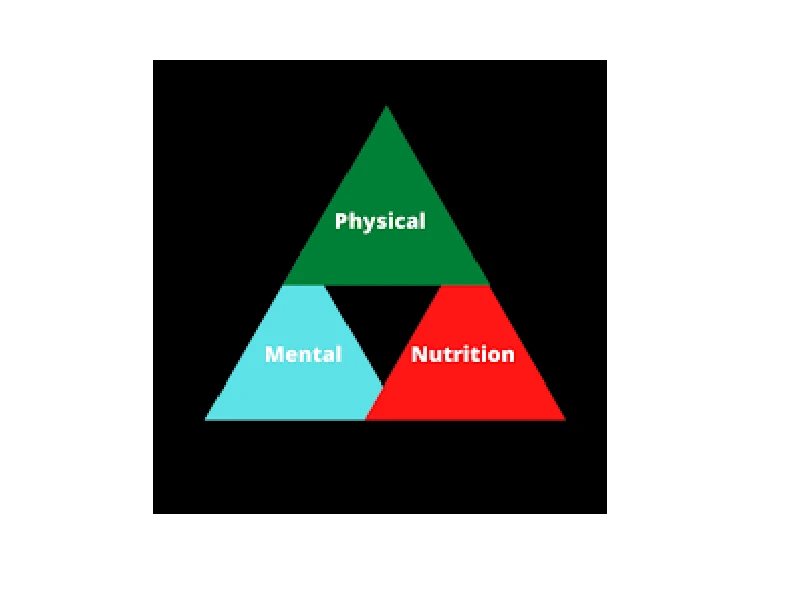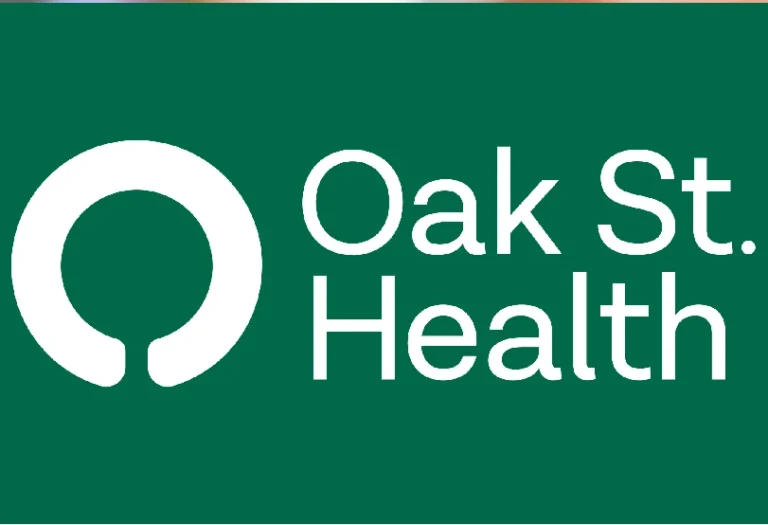
Maintaining a healthy lifestyle isn’t just about eating vegetables or lifting weights. True wellness comes from balance across the three sides of the health triangle: physical health, mental health, and social health. When one side weakens, the other two suffer. Understanding this simple yet powerful model can help you live a longer, happier, and more fulfilling life.
What is the Health Triangle?
The health triangle, also called the wellness triangle, is a framework used in health education to show the interconnection between physical, mental, and social well-being. Imagine a triangle with each side representing one area of health:
- Physical Health
- Mental/Emotional Health
- Social Health
If one side of the triangle is shorter than the others, the shape becomes unbalanced. In the same way, neglecting one area of health disrupts overall wellness.
Here’s a simple diagram:
Physical
/\
/ \
/ \
Social ------- Mental
This model reminds us that health isn’t one-dimensional. You can’t focus only on diet or exercise and ignore relationships or emotional well-being.
The Three Sides of the Health Triangle
Physical Health – Building a Strong Foundation
Physical health refers to the condition of your body. It’s the most visible side of the health triangle, but it doesn’t stand alone. A strong body supports a healthy mind and better social interactions.
Key elements of physical health include:
- Regular exercise (cardio, strength, and flexibility training).
- Balanced nutrition with whole foods, vitamins, and minerals.
- Proper sleep (7–9 hours for most adults).
- Regular medical check-ups and preventive care.
Neglecting physical health can lead to:
- Obesity, diabetes, and heart disease.
- Chronic fatigue and poor immunity.
- Reduced focus and productivity.
Example: A person who walks 30 minutes a day, drinks enough water, and eats a nutrient-rich diet not only improves physical fitness but also boosts energy for work and social activities.
Mental Health – Strengthening the Mind
Mental health, sometimes called emotional health, deals with how you think, feel, and cope with life’s challenges. Even with a strong body, poor mental health can disrupt your overall wellness triangle.
Key aspects of mental health include:
- Self-esteem and self-confidence.
- Stress management skills.
- Ability to express emotions healthily.
- Coping strategies during hard times.
Ways to improve mental health:
- Practice mindfulness or meditation daily.
- Keep a gratitude or reflection journal.
- Take breaks from digital devices.
- Seek counseling or therapy when needed.
Case Study: Research shows that people who meditate regularly experience lower stress, better sleep, and improved concentration. These benefits spill over into physical health by reducing blood pressure and into social health by improving communication.
Social Health – Nurturing Relationships
Social health represents your ability to build and maintain strong relationships. Humans are social creatures; isolation harms mental and even physical health.
Factors influencing social health:
- Communication and listening skills.
- Building trust and empathy in relationships.
- Support networks from family, friends, or community.
- Participation in group or cultural activities.
Examples of good social health practices:
- Spending time with loved ones.
- Joining clubs, sports teams, or volunteer groups.
- Resolving conflicts respectfully.
Fact: Studies show that people with strong social connections live longer and recover faster from illnesses compared to those who are isolated.
Why Balance in the Health Triangle Matters
An unbalanced health triangle leads to long-term issues. Here’s a comparison:
| Balanced Health Triangle | Unbalanced Health Triangle |
|---|---|
| Regular exercise, a healthy diet, an active social life, and low stress | Overworking without sleep, poor diet, or social isolation |
| High productivity and focus | Burnout and fatigue |
| Strong immunity and longer lifespan | Frequent illnesses and mental breakdowns |
Example: Someone obsessed with fitness (physical health) but socially withdrawn may feel lonely or anxious. On the other hand, someone who parties daily (social health) but eats poorly may develop chronic health problems. Balance is the key.
How to Improve Your Health Triangle
<h3><strong>Tips for Physical Health
- Exercise 30–60 minutes most days of the week.
- Eat fruits, vegetables, lean proteins, and whole grains.
- Drink at least 8 glasses of water daily.
- Prioritize rest and recovery.
<h3><strong>Tips for Mental Health
- Practice meditation or deep breathing.
- Write daily reflections or gratitude notes.
- Spend time on hobbies that bring joy.
- Ask for help when overwhelmed.
<h3><strong>Tips for Social Health
- Call or meet a friend regularly.
- Plan family dinners or outings.
- Join a club or volunteer program.
- Practice empathy in daily interactions.
Health Triangle Examples in Daily Life
- Student Example: A student who studies hard (mental health), plays football (physical health), and spends time with friends (social health) performs better in school than one who only focuses on grades.
- Adult Example: An office worker who balances career, exercises after work, and maintains family connections is more likely to avoid burnout.
- Athlete Example: A professional athlete succeeds not just by training hard but also by practicing mindfulness (mental focus) and maintaining strong team relationships (social support).
Health Triangle Activities for Students and Adults
Activities that help strengthen the wellness triangle:
- Drawing Your Triangle: Rate your physical, mental, and social health on a scale of 1–10 and draw your personal health triangle.
- Daily Journal: Write one activity you did each day for each side of the triangle.
- Group Challenges: Join fitness classes, book clubs, or social service groups that encourage balance.
FAQs About the Health Triangle
Q1: What is the most important side of the health triangle?
All three sides are equally important. Neglecting one side weakens the entire triangle.
Q2: How can I know if my health triangle is unbalanced?
Look for warning signs: constant stress, fatigue, lack of social support, or frequent illness.
Q3: How do mental, social, and physical health influence each other?
They are deeply interconnected. For example, poor physical health can lower self-esteem (mental), which may lead to isolation (social).
Final Thoughts
The health triangle is more than just a classroom concept. It’s a daily guide for creating a balanced lifestyle. By focusing on physical fitness, mental strength, and social connections, you create a solid foundation for lifelong wellness.
Start small: take a walk, call a friend, or write in a journal. Over time, these habits will strengthen your triangle and lead to a healthier, happier you.


